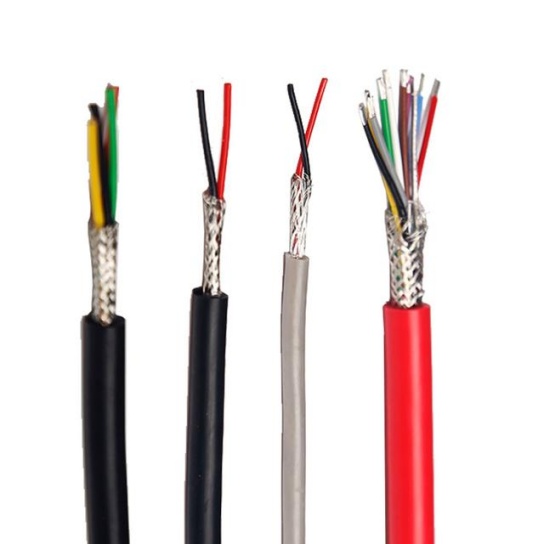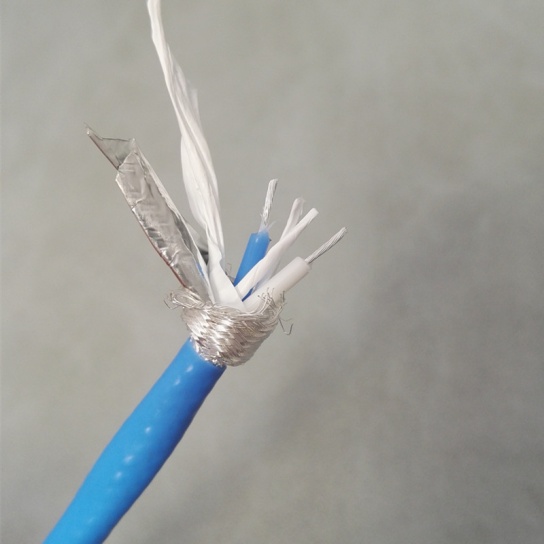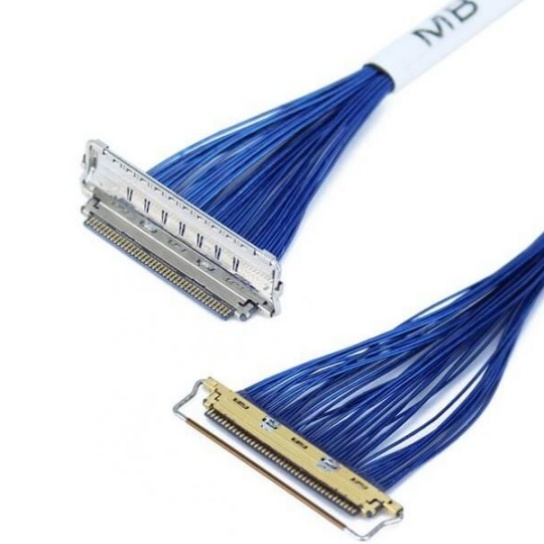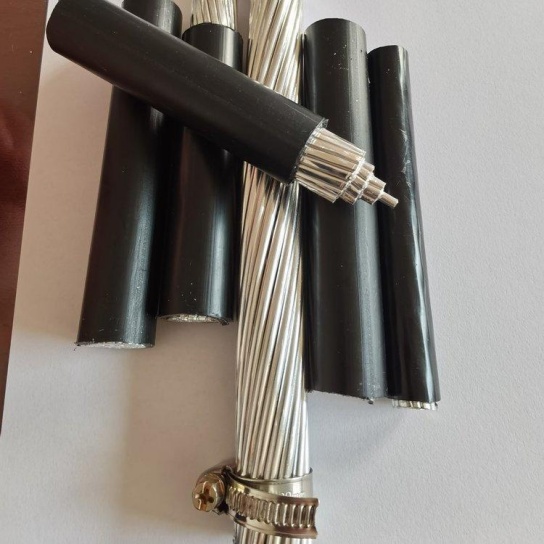Self-Healing Aircraft Cable Assemblies: A New Innovation
In the aviation industry, where safety and reliability are non-negotiable, aircraft cable assemblies serve as the “nervous system” connecting critical systems—from navigation and communication to flight control and power distribution. Traditional cable assemblies, however, face persistent challenges: wear and tear from vibration, corrosion due to humidity or hydraulic fluids, and micro-cracks caused by extreme temperature fluctuations (-60°C to 150°C in typical flight environments). These issues often lead to unexpected failures, costly downtime for maintenance, and even potential safety risks. Against this backdrop, self-healing aircraft cable assemblies have emerged as a groundbreaking innovation, addressing longstanding pain points and redefining the durability of aviation wiring.
The Science Behind Self-Healing Technology
At the core of self-healing aircraft cable assemblies lies a smart material design that enables autonomous damage repair—no manual intervention required. Most advanced iterations integrate microencapsulated repair agents (typically epoxy resins or polyurethane-based compounds) and catalysts within the cable’s insulation layer or conductor coating. When mechanical stress, corrosion, or thermal expansion creates micro-cracks (a common precursor to full-scale cable failure), the microcapsules embedded in the material rupture. This releases the repair agent, which flows into the cracks and reacts with the catalyst to form a durable, insulative seal.
Unlike conventional cables that require proactive replacement or reactive repairs (often involving disassembly of aircraft panels), self-healing variants can address damage in real time—even during flight. Testing by aerospace engineering labs shows that these cables can restore up to 95% of their original insulation resistance and mechanical strength within 5–10 minutes of damage, depending on the severity of the crack. Additionally, the self-healing mechanism is reusable: multiple microcapsule layers allow for repeated repair of minor damage over the cable’s lifespan.
Core Advantages for Aviation Applications
The practical value of self-healing aircraft cable assemblies extends far beyond novelty, offering tangible benefits for airlines, military operators, and aircraft manufacturers:
- Enhanced Safety: By preventing micro-cracks from evolving into critical failures (e.g., short circuits or signal loss), self-healing cables reduce the risk of in-flight system malfunctions. This is particularly critical for high-stakes applications like military aircraft or long-haul commercial flights, where emergency repairs are impractical.
- Reduced Lifecycle Costs: Traditional aircraft cables typically require replacement every 6–8 years, with maintenance checks adding significant labor and downtime costs. Self-healing cables extend service life to 12–15 years (per industry trials) and cut maintenance frequency by 40%, as minor damage is resolved autonomously. For a large airline fleet, this translates to millions in annual savings.
- Environmental Resilience: The self-healing material’s resistance to hydraulic fluids, de-icing chemicals, and extreme temperatures makes it suitable for harsh aviation environments—from the salt-laden air of coastal airports to the frigid altitudes of transoceanic flights. This durability reduces the need for frequent part replacements, also lowering the industry’s carbon footprint.
Applications Across the Aviation Sector
Self-healing cable assemblies are already gaining traction in key aviation segments:
- Commercial Aviation: Major airlines are integrating them into cabin control systems (e.g., lighting and climate control) and avionics, where downtime from cable failures disrupts flight schedules.
- Military Aviation: Defense contractors use self-healing cables in fighter jets and surveillance drones, where exposure to combat debris and extreme conditions demands maximum reliability.
- General Aviation: Smaller aircraft (e.g., private jets and helicopters) benefit from reduced maintenance needs, as on-site repairs for remote locations are simplified.
FRS: Your Trusted Partner for Self-Healing Aviation Solutions
When it comes to translating self-healing innovation into real-world aviation excellence, FRS stands out as a leading manufacturer. With decades of experience in aerospace cable assembly, FRS has invested heavily in R&D to refine self-healing technology—collaborating with materials scientists to optimize microcapsule size, repair agent efficiency, and compliance with strict aerospace standards (including AS9100 and SAE AS81703).
Every FRS self-healing aircraft cable assembly undergoes rigorous testing: from accelerated lifespan trials to simulated flight environment stress tests, ensuring consistent performance in the most demanding conditions. FRS also offers customized solutions—tailoring cable length, conductor gauge, and self-healing layer thickness to meet the unique needs of commercial, military, or general aviation clients.
For aircraft operators and manufacturers seeking to boost safety, cut costs, and embrace the future of aviation reliability, FRS’s self-healing cable assemblies deliver proven innovation you can trust.






